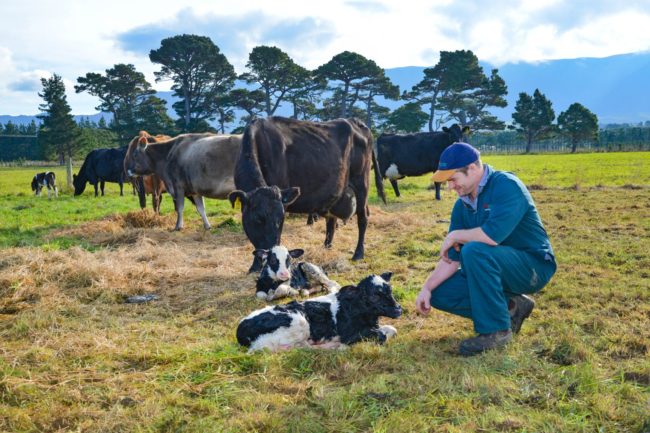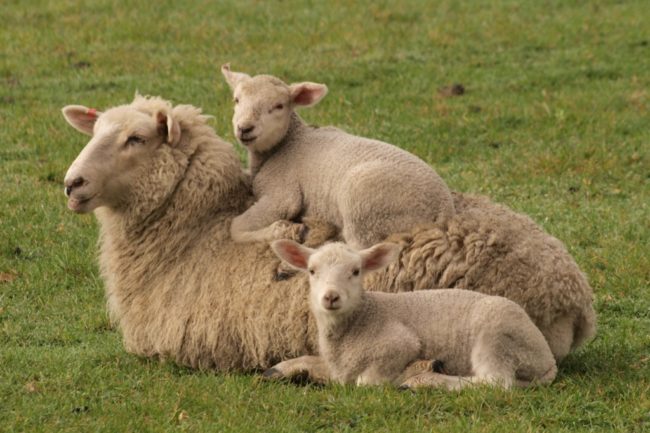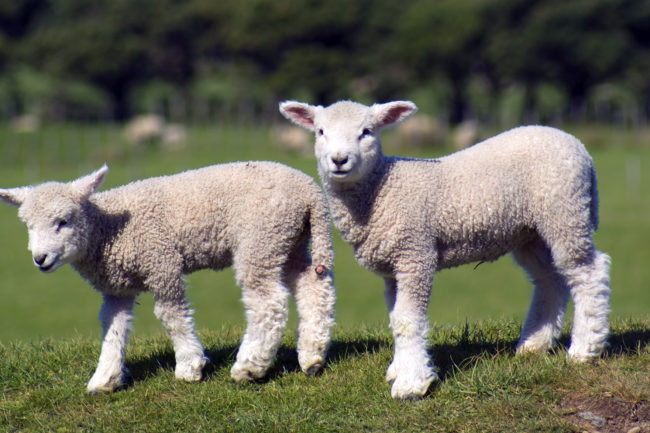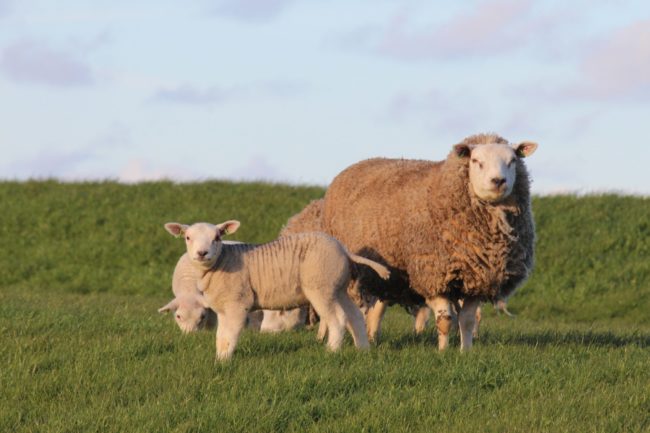What’s the itch?
I am allergic. My skin’s inflamed and itchy. Take me to my vet! We can help you to work out what is causing the itching – is it fleas, contact allergies, food, airborne allergies, hormonal issue effecting the skin, bacterial or fungal infection? Subtle differences may be diagnostic. What do allergies in pets look like?…
Details








